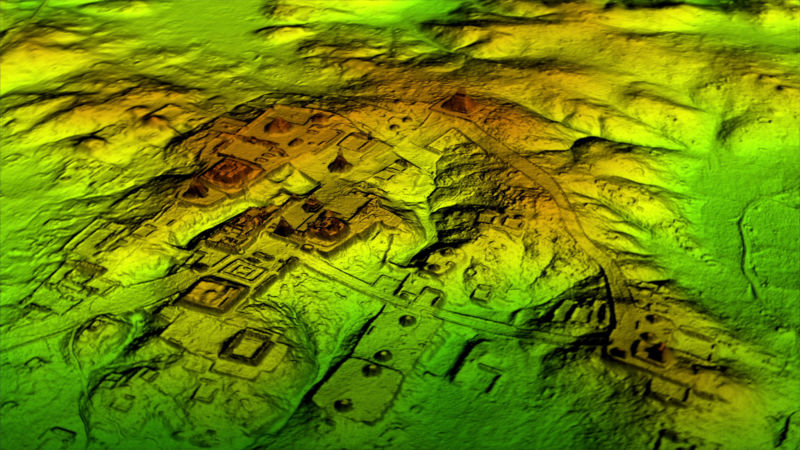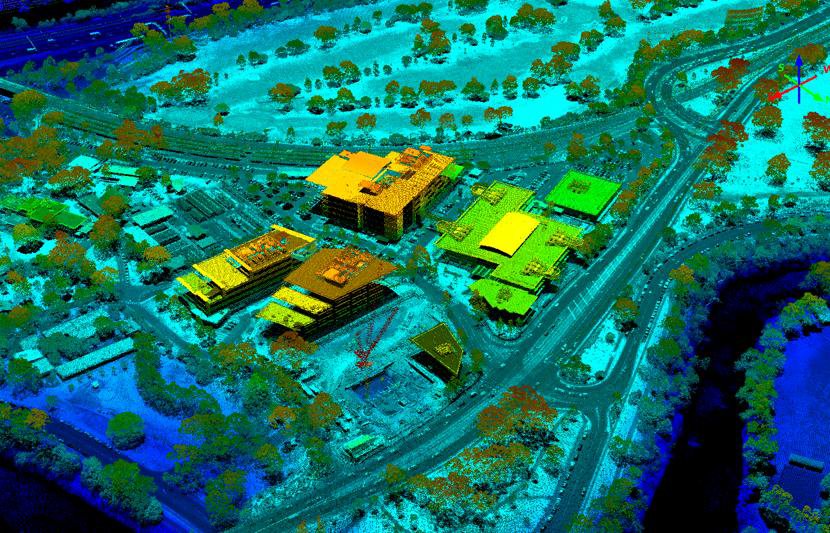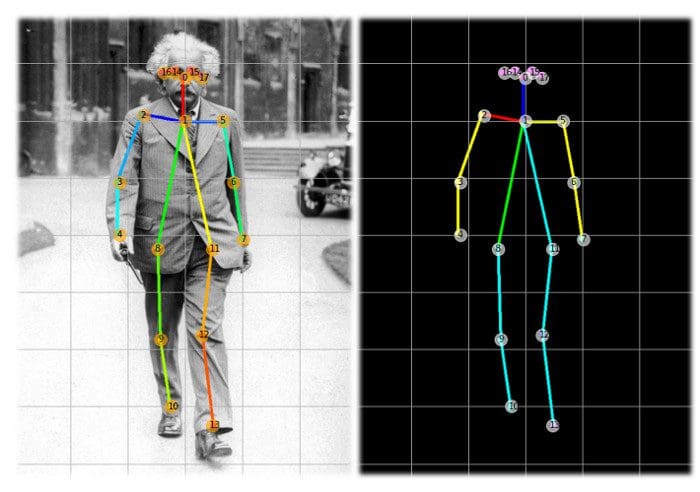Learn the fundamentals of 2D and 3D data annotation with this in-depth guide. We cover techniques, tools, and applications that power real-world AI systems across industries.
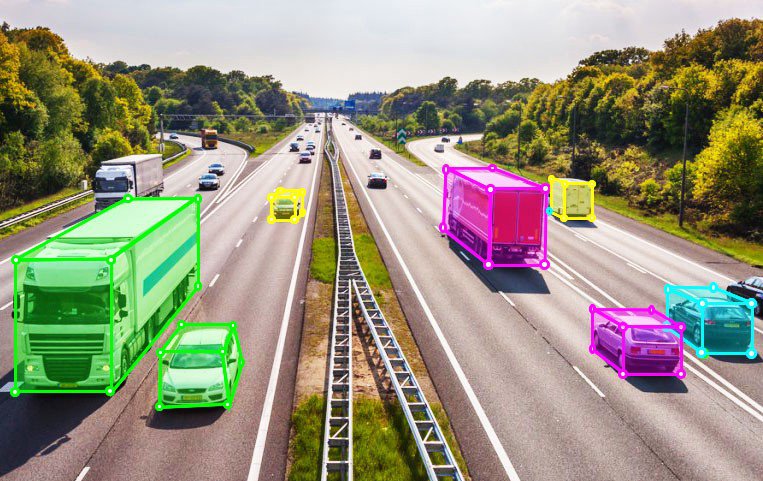
An Introduction to 2D and 3D Data Annotation
What is data annotation?
Artificial Intelligence (AI) depends on high-quality data to function effectively. Machine Learning (ML) models improve by learning from examples-large volumes of them. These examples, where raw data is enriched with descriptive tags or labels, form what is known as a labeled dataset.
Data annotation is the process of labeling data to make it interpretable for ML systems. This means adding metadata to various data types-such as images, text, audio, video, or 3D scans-so that algorithms can recognize patterns and make accurate predictions.
Because of its detailed nature, data annotation often requires meticulous work and domain-specific knowledge. Annotators must understand both the dataset and the model requirements, with annotations frequently refined through iterative feedback cycles.
Ultimately, high-quality annotation directly shapes how well a machine learning model performs in real-world conditions. Investing in accurate labeling methods and robust annotation tools is critical for developing AI solutions that are both reliable and scalable.
Now, let’s dive into the specifics of 2D and 3D data annotation.
Difference Between 2D and 3D Data Annotation
In 2D annotation-commonly applied to images and videos-annotators identify and highlight objects using bounding boxes, polygons, or segmentation masks. These visual markers provide ML models with the context they need to recognize objects in future data.
3D annotation, in contrast, works with volumetric data such as point clouds from LiDAR sensors. Annotators define objects in three-dimensional space, using cuboids or segmentation to capture their size, shape, and spatial relationships. For example, in autonomous driving, 3D annotation enables vehicles to identify pedestrians, obstacles, and traffic elements with precise depth and orientation.
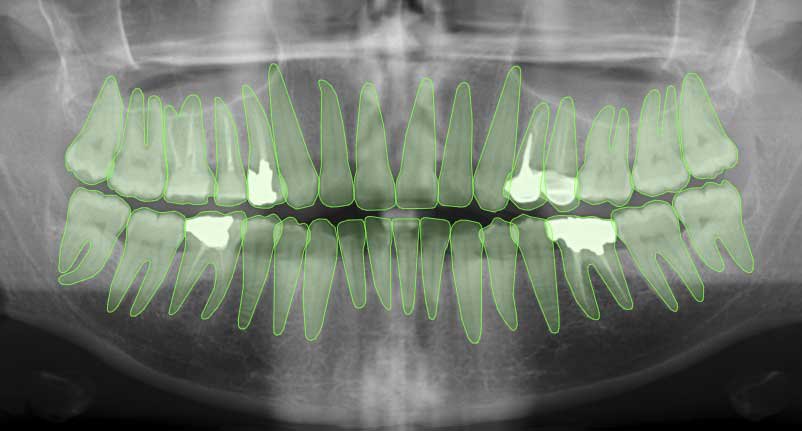
2D Image Annotation
2D image annotation enhances visual datasets so that AI can detect, classify, and track objects. Common methods include:
- Bounding Box Annotation – Drawing rectangles around objects of interest, providing coordinates that guide object detection models.
- Segmentation – Marking exact pixel boundaries of objects. This can be semantic segmentation (labeling each pixel by class) or instance segmentation (distinguishing between multiple objects of the same class).
- Polyline Annotation – Tracing lines around structures like roads, lanes, or boundaries. Useful in mapping and navigation tasks.
- Keypoint Annotation – Identifying crucial landmarks (e.g., facial features, body joints) for pose estimation or recognition systems.
Each technique serves specific use cases: bounding boxes for general detection, segmentation for precision, polylines for linear objects, and keypoints for structural analysis.
3D Cuboid Labeling in 2D Images
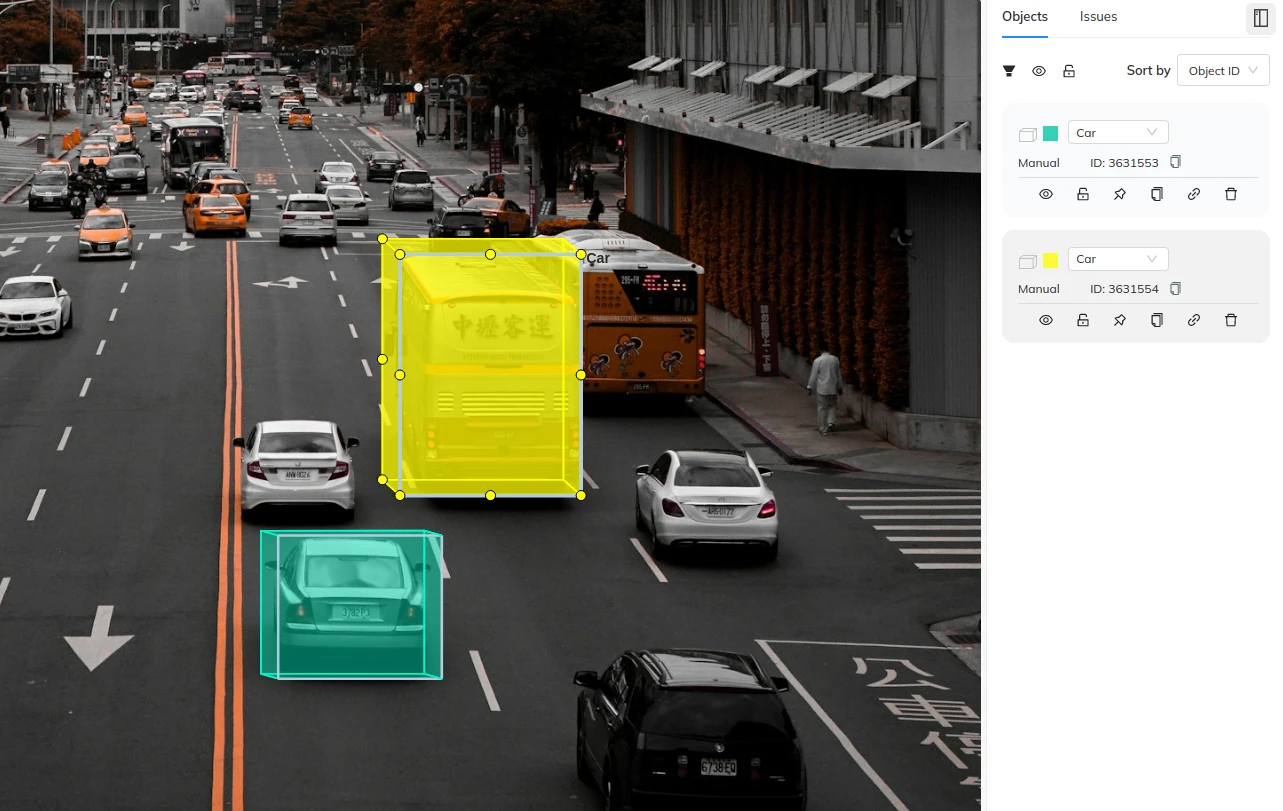
Beyond flat bounding boxes, cuboid labeling adds a 3D perspective within 2D images. Annotators define an object’s height, width, and depth by drawing front and back faces of a cuboid.
This richer spatial representation helps models estimate dimensions and positions more accurately-crucial in fields like autonomous driving, where understanding the size and distance of surrounding objects is vital for safe navigation.
Common Use Cases of 2D Annotation
- Autonomous Vehicles – Detecting cars, pedestrians, road signs, and lane markings.
- Medical Imaging – Highlighting tumors, fractures, or organs in X-rays and CT scans.
- Retail & E-Commerce – Labeling product images for better search and recommendation systems.
- Agriculture – Identifying crop types, detecting pests, and monitoring growth stages with drone imagery.
- Security & Surveillance – Enhancing monitoring systems by labeling individuals, activities, or crowd behaviors.
What is 3D Data Annotation?
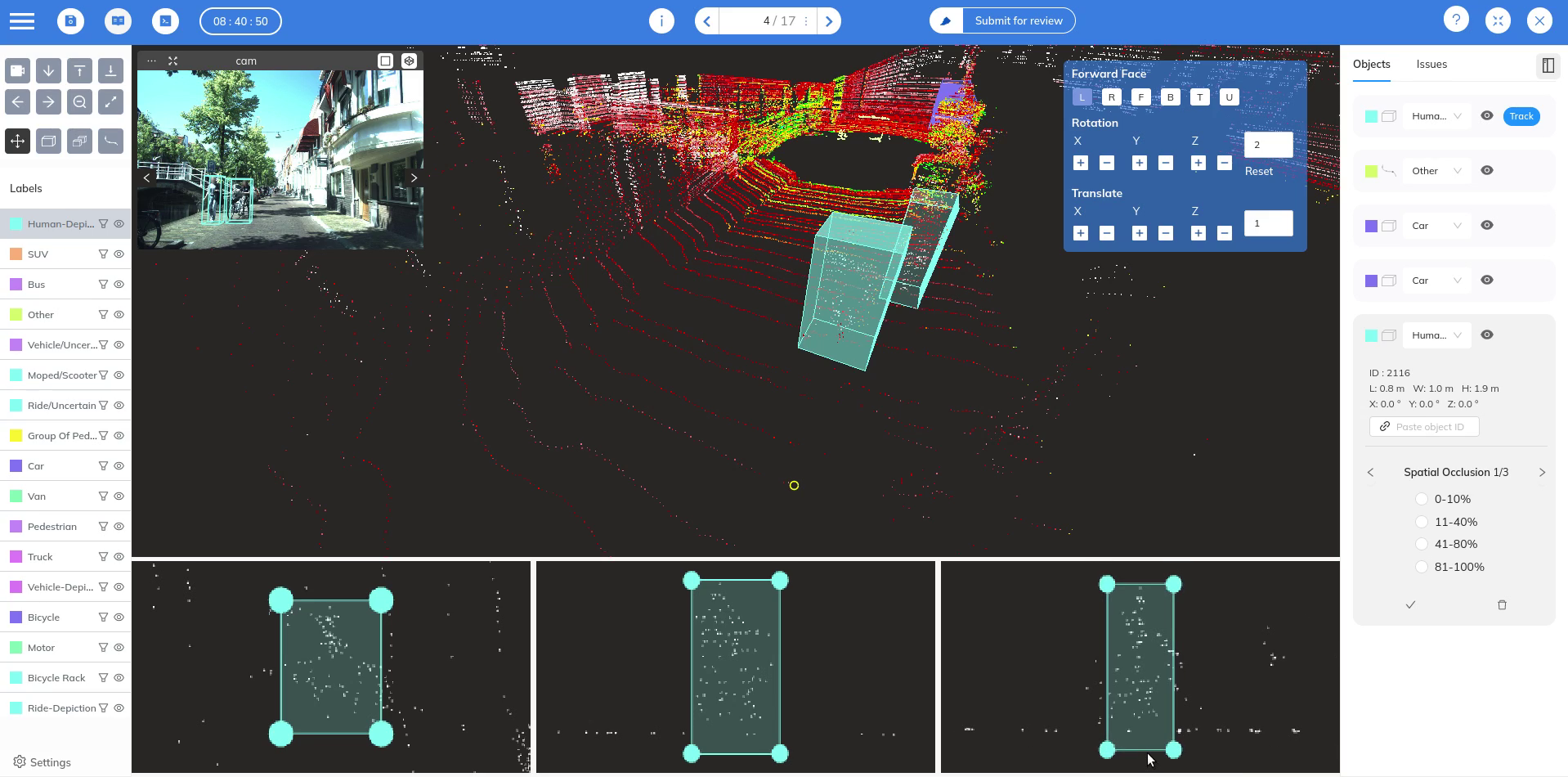
3D annotation involves working with point clouds and meshes-data formats that capture real-world geometry.
- 3D Cuboid Labeling – Enclosing objects in cuboids to capture position, orientation, and dimensions.
- Point Cloud Segmentation – Assigning labels to each point in a LiDAR-generated cloud, distinguishing between roads, buildings, vehicles, and vegetation.
- Sensor Fusion Annotation – Integrating data from cameras, LiDAR, and radar to produce consistent, multi-source annotations for complex environments.
Because 3D data adds depth and complexity, annotation platforms must handle synchronization across multiple sensors and timeframes. Coral Mountain’s annotation platform provides tools for annotating point clouds alongside 2D images, ensuring consistency and accuracy across modalities.
Conclusion
Data annotation-both 2D and 3D-is at the heart of modern AI development. From bounding boxes and segmentation in 2D images to cuboid labeling and point cloud segmentation in 3D, these methods empower models to interpret and interact with the world.
By combining multiple techniques, including sensor fusion, annotation teams create richer datasets that improve accuracy and resilience in real-world scenarios.
As industries adopt AI more deeply, high-quality annotation from Coral Mountain remains essential for building systems that are safe, reliable, and intelligent.
Coral Mountain Data is a data annotation and data collection company that provides high-quality data annotation services for Artificial Intelligence (AI) and Machine Learning (ML) models, ensuring reliable input datasets. Our annotation solutions include LiDAR point cloud data, enhancing the performance of AI and ML models. Coral Mountain Data provide high-quality data about coral reefs including sounds of coral reefs, marine life, waves….
Recommended for you
- News
The use of Lidar in archaeology has revolutionized the field, uncovering valuable ancient secrets in the...
- News
Explore various 3D point cloud segmentation techniques, including ML models like Point-net, K-means clustering, region growing...
- News
Pose estimation is a powerful Computer Vision technique designed to precisely track body movements in humans...
Coral Mountain Data
Office
- Group 3, Cua Lap, Duong To, Phu Quoc, Kien Giang, Vietnam
- (+84) 39 652 6078
- info@coralmountaindata.com
Data Factory
- An Thoi, Phu Quoc, Vietnam
- Vung Bau, Phu Quoc, Vietnam

Copyright © 2024 Coral Mountain Data. All rights reserved.

